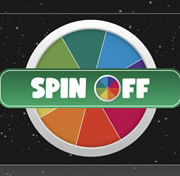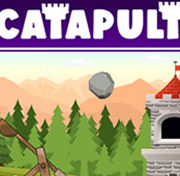The Wright Brothers Facts, Science Game
This game will help children learn key facts about the American inventors called the Wright Brothers. Orville Wright and his brother Wilbur Wright were aviation pioneers credited with inventing, building and flying the world’s first motor-operated airplane called the Kitty Hawk Flyer. Since then, airplanes have come a long way. Play this game to learn more about the brothers who helped spawn the airplane revolution.
The Wright Brothers - Their Final Flight
Learn more about the Wright Brothers' interest in powered flight. Read about Their first flight, powered flight designs, and their contracts with the French and U.S. army. Discover how a machine can change the way the army operates. Explore the history of flying to learn how The Wright Brothers made their dreams come true. You'll be amazed by what you learn. Also, learn why these two were so determined to change the way humans fly.
Wright Brothers' interest in flight
Wilbur Wright, brother of Orville, first became interested in flight as a child, researching a rubber band powered helicopter. He later built a replica of the toy and sent it flying across the room. Later, he wrote to the Smithsonian inquiring about flight experiments and the controls on gliders. The experiment was a huge success, and the brothers credited the toy with sparking their interest in flight.
Their first flight
The Wright brothers are credited with being the first people to fly an airplane. Their craft was powered, fully controllable, and could carry a person. The Wrights also used a three-axis control system similar to that of a modern airplane. They referred to this system as aerodynamic control. In 1903, the Wright brothers made their first flight. While their invention remains controversial, the Wright brothers have made many important advancements in aviation.
Their designs for powered flight
Many famous scientists and inventors have contributed to the development of powered flight. For example, Samuel Pierpont Langley, an astronomer and secretary of the Smithsonian Institution in Washington, designed a gasoline-powered aeroplane and tested it out several times. He was encouraged to create a larger Aerodrome. Langley even tried two launches from his houseboat near Washington, D.C. Both times, however, he failed to make a powered flight.
Get ready to soar through the skies of knowledge with this exciting science game about the Wright Brothers! Discover the incredible story of Orville and Wilbur Wright, the American inventors who changed the world with their pioneering aviation inventions. These brothers built and flew the first-ever motor-operated airplane, the Kitty Hawk Flyer, which revolutionized the way we travel today.
In this game, children can learn key facts about the Wright Brothers, including their background, their inspiration, and the challenges they faced during their incredible journey to flight. With interactive features and engaging gameplay, children can explore the world of aviation and discover how the Wright Brothers paved the way for modern airplanes.
So, get ready to take off on a thrilling adventure of learning and discovery with this exciting science game about the Wright Brothers!









